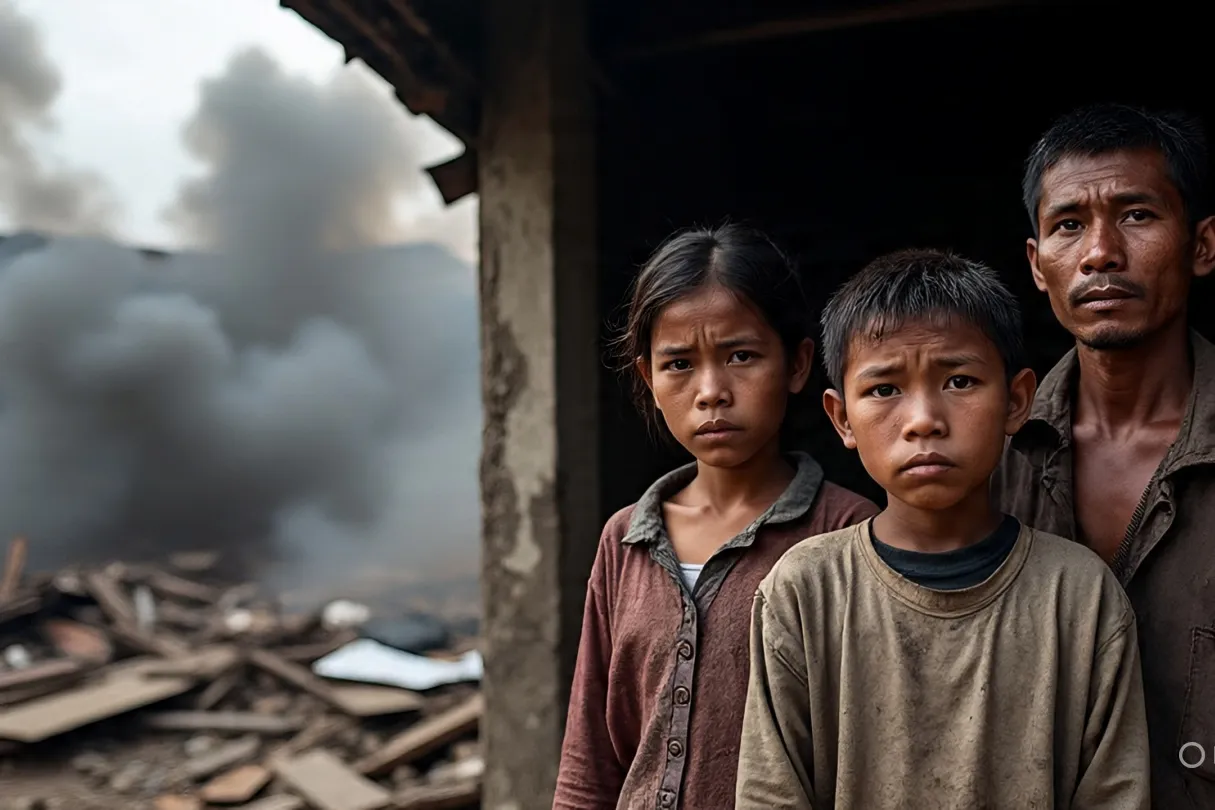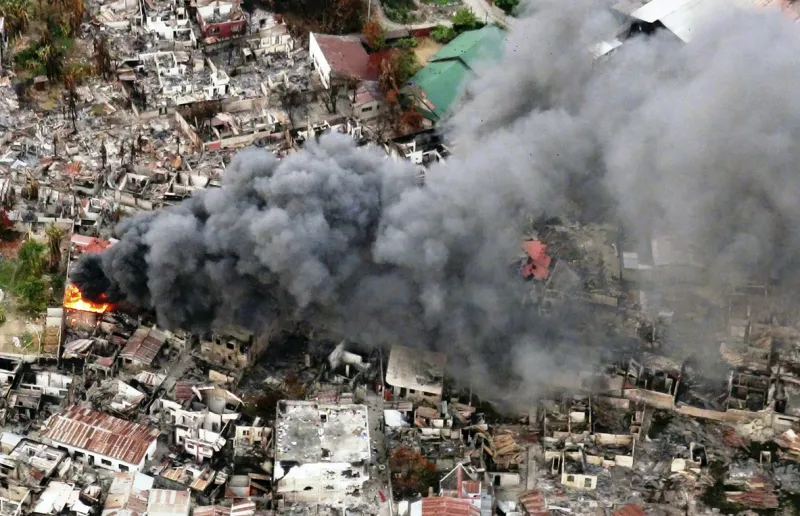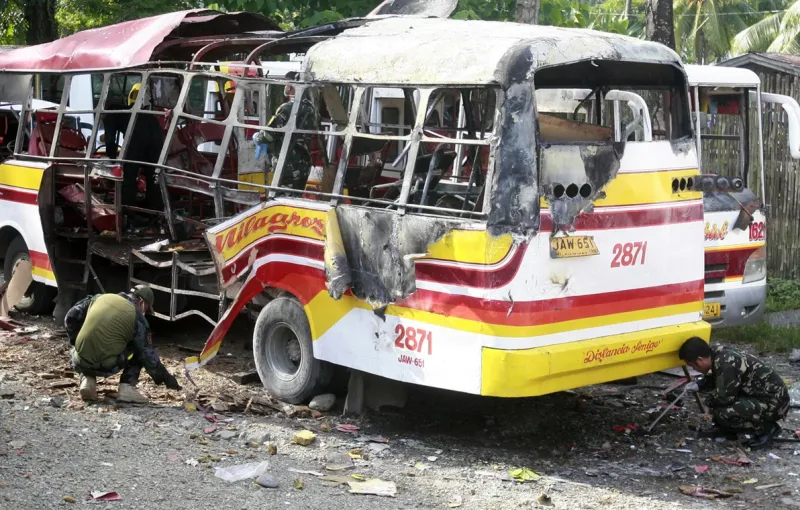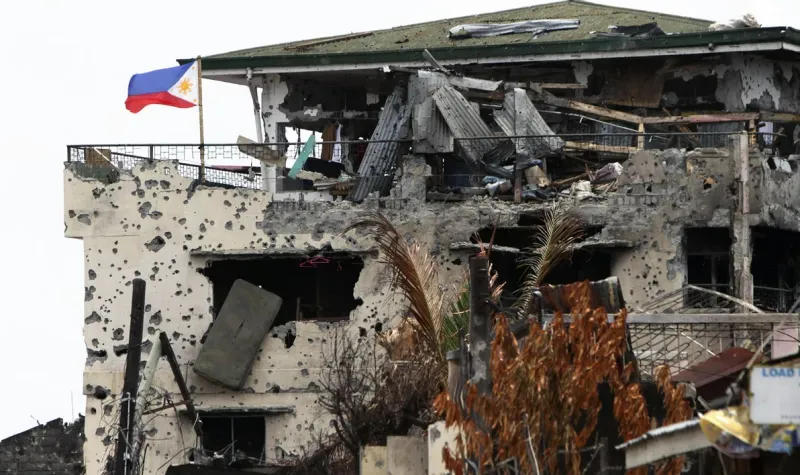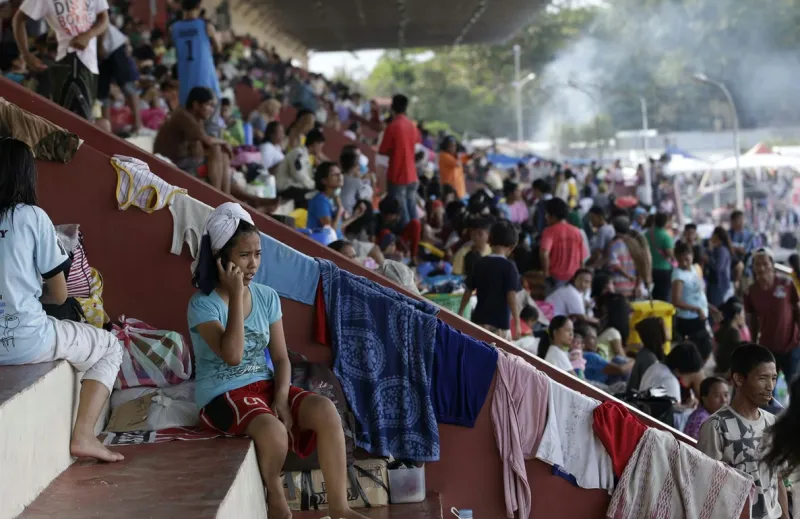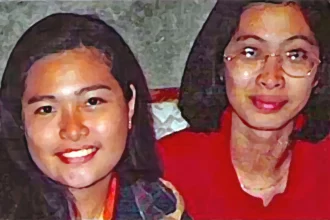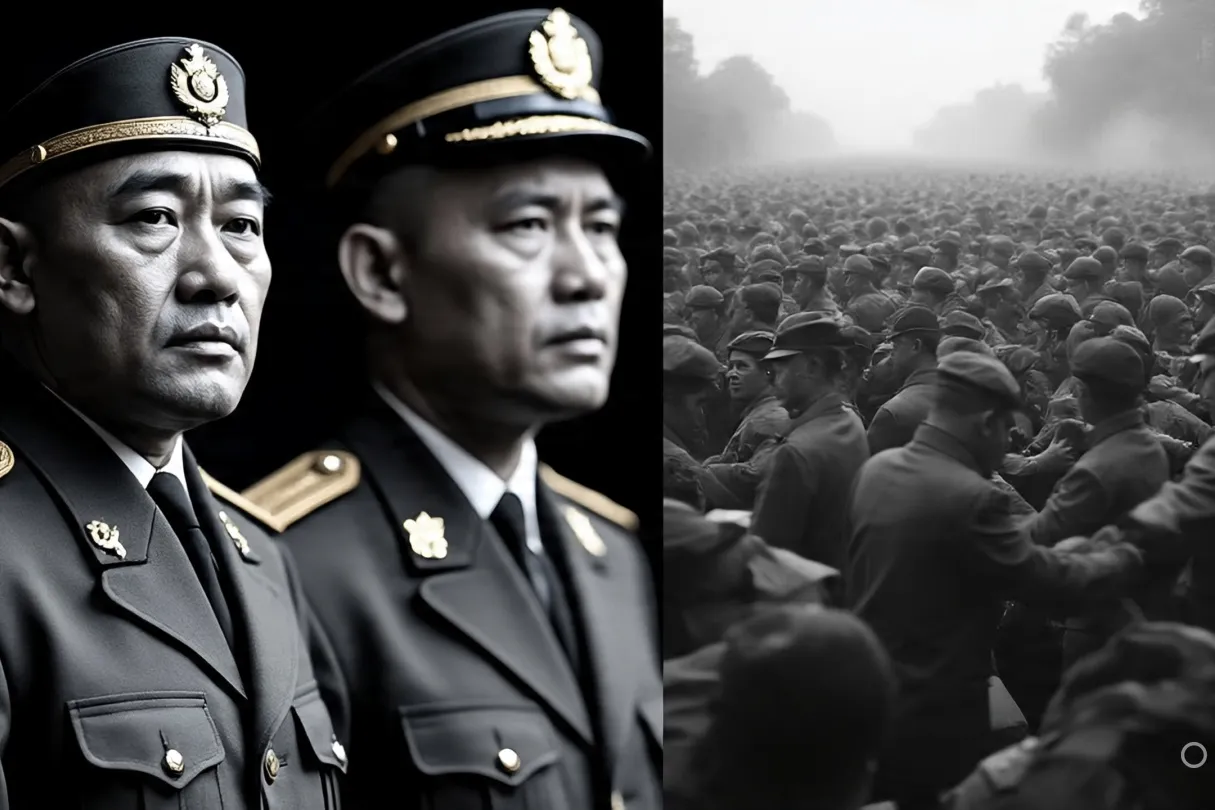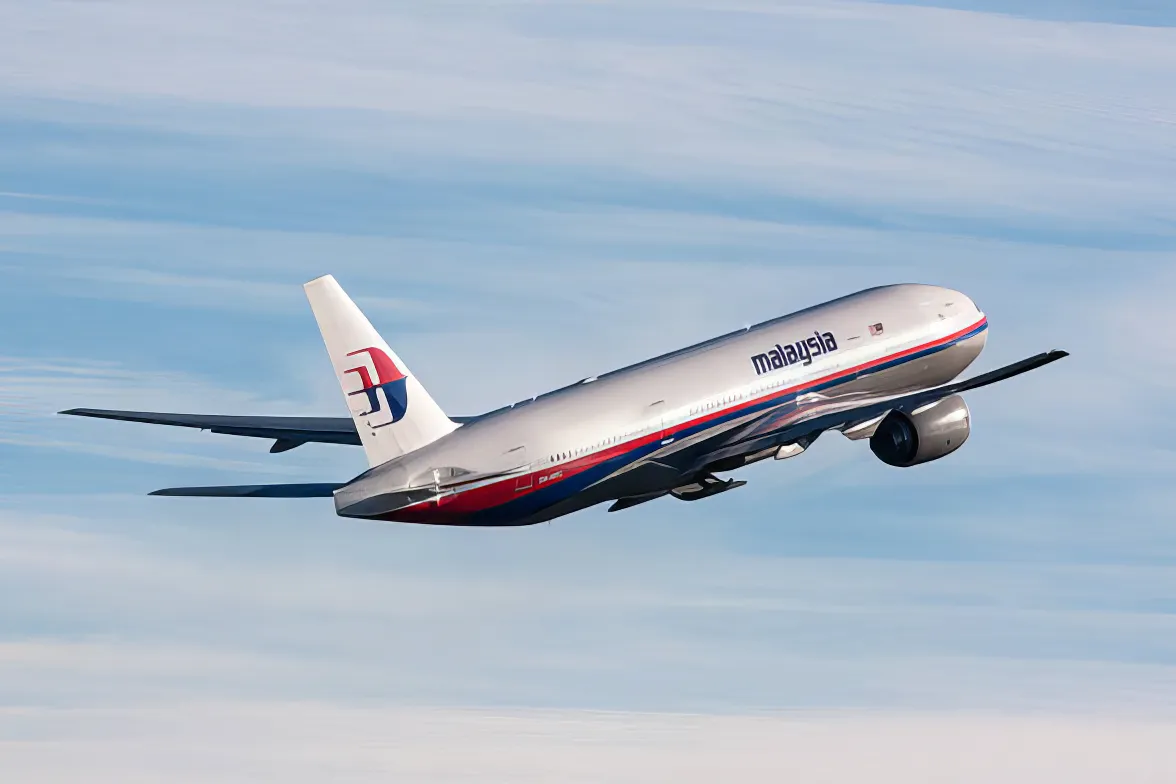Eleven years.
That’s how long it’s been since Zamboanga City—my city—was consumed by fire, fear, and gunfire. In September 2013, the quiet rhythm of life here was shattered when fighters from the Moro National Liberation Front (MNLF), loyal to their elusive leader Nur Misuari, stormed into the city and took hostages, demanding a path to autonomy and recognition long denied. What followed was one of the most intense urban battles in recent Philippine history.
For weeks, the air was thick with smoke from burning homes. The nights were pierced by the crackle of automatic weapons. And when the fighting finally ended, more than 100,000 people had been displaced—families torn apart, neighborhoods reduced to rubble, futures thrown into limbo.
The government’s response was decisive and forceful. Order was restored. But in the process, a city was scarred—not just physically, but deeply, emotionally. And yet, with the passage of time, that trauma has quietly faded from the national conversation, buried under newer crises, newer wars.
From where I now stand, the memory remains raw. The siege may be eleven years behind us, but its wounds are still open for many. This is more than a call to remember. It’s a demand to reflect. To ask how a city’s suffering could so easily be forgotten, and why the questions it raised—about autonomy, identity, and peace—remain just as unresolved as the day the fighting began.
Because if we can forget Zamboanga, what else are we willing to let slip into silence?
The Timeline of a City Under Fire 🗓️
The Zamboanga Siege was a five-month conflict that began with a calculated incursion and ended with a city in ruins. Its timeline is a grim reconstruction of events that changed Zamboanga forever. The conflict began on September 9, 2013, when hundreds of MNLF fighters loyal to Nur Misuari arrived by sea and entered several coastal barangays of Zamboanga City. They took dozens of hostages and raised the MNLF flag, a bold and defiant act. Their intent was not to occupy the city but to use the siege as a political tool. The government’s response was swift, with a massive deployment of military and police forces. The initial days were marked by chaos and confusion as residents fled their homes, and the military scrambled to contain the incursion. The fighting escalated, turning residential areas into a brutal urban battlefield.
The siege, which was meant to last for a few days, dragged on for weeks. The conflict became a brutal test of wills, with the MNLF fighters using their hostages as human shields and the military responding with overwhelming force. The fighting was concentrated in the coastal barangays of Santa Catalina, Rio Hondo, and Kasanyangan, which were reduced to rubble. On September 28, the government declared the end of the siege, but sporadic fighting continued for several more weeks as military forces hunted down the remaining fighters. The total duration of the conflict left a deep and lasting impact on the city, its people, and the national consciousness.
The following table provides a timeline of the siege, detailing the key events that unfolded.
The Fire’s Spark: Unpacking the MNLF’s Motives 🔥
The 2013 Zamboanga Siege was not a sudden eruption of violence. It was the culmination of decades of Moro struggle for self-determination and the frustrations stemming from a stalled peace process. Nur Misuari, the founder of the MNLF, had signed a peace agreement with the government in 1996, but many of his followers felt that the promises of that accord had not been fully realized. They had laid down their arms but had not been given the economic opportunities or political power they had been promised.
A Cry for Inclusion: Disrupting the Peace Framework 🕊️
At the time of the siege, the government was deeply engaged in negotiations with the Moro Islamic Liberation Front (MILF) for what would eventually become the Bangsamoro Organic Law. Misuari and a faction of the MNLF felt marginalized by this new peace framework, fearing that their hard-fought gains from the 1996 agreement would be rendered irrelevant. The siege, therefore, can be interpreted as a desperate attempt to reassert their relevance, to force the government to the negotiating table once more, and to ensure their inclusion in any final settlement for Mindanao. It was a violent declaration that they could not be ignored. The timing of the attack was not a coincidence; it was a calculated move to disrupt a peace process that was seen as a betrayal of their own struggle.
- 🗣️ Feeling Left Out: For many MNLF members, the government’s focus on the MILF felt like a betrayal of their own sacrifices.
- 💔 Unfulfilled Promises: Decades after the 1996 peace accord, many former MNLF combatants were still living in poverty.
- 💥 A Desperate Gambit: The siege was a high-risk, high-stakes political gamble to force the government to pay attention to their grievances.
Desperation and Disillusionment: The Fighters on the Ground 😔
Beyond the political machinations of their leader, the MNLF fighters who descended upon Zamboanga City were likely driven by a complex mix of desperation and disillusionment. Many were former combatants who had laid down their arms in 1996, only to find themselves living in poverty, with limited opportunities and a lingering sense of injustice. The call to arms, however misguided and destructive, may have offered a sense of purpose and a belief that they were fighting for a cause that had been betrayed. These were not simply ideologues but men who felt their sacrifices had been forgotten, their dreams of peace and prosperity dashed by political maneuvering.
The Iron Fist: Government’s Show of Force and Civilian Displacement 💥
The government’s response to the MNLF incursion was swift and decisive, characterized by a massive deployment of military and police forces. While the objective was to contain the siege and neutralize the armed fighters, the scale and nature of the response had devastating consequences for the civilian population.
Scorched Earth: The Urban Battlefield 🏘️
Zamboanga City’s densely populated coastal barangays became the frontline of a brutal urban war. Intense gun battles raged through residential areas, and many homes were deliberately set ablaze, either by the fighting factions or as part of the military’s strategy to clear out insurgents. The sheer volume of fire and the prolonged nature of the conflict transformed entire neighborhoods into smoldering ruins. The images of burning houses and panicked residents fleeing with whatever they could carry became the defining visual of the siege.
- 🔥 Homes Turned to Ash: Whole communities were decimated, their houses and livelihoods disappearing in the smoke.
- 💣 The Brunt of the Battle: Civilians were caught in the crossfire, enduring weeks of terror and uncertainty in their own neighborhoods.
- 💔 A City in Flames: The city’s coastal areas, once a vibrant hub of culture and commerce, were reduced to a ghost town of charred remains.
A Hundred Thousand Adrift: The Humanitarian Crisis ⛺
The relentless fighting and the deliberate burning of homes led to the mass displacement of over 100,000 Zamboangueños. Families were forced to flee their burning houses, seeking refuge in crowded evacuation centers that were ill-equipped to handle such a massive influx of people. These makeshift shelters became breeding grounds for disease, and the lack of adequate sanitation and resources exacerbated the trauma of displacement. For months, the displaced residents lived in limbo, their futures uncertain, their homes either destroyed or unsafe to return to. The humanitarian crisis was immense, stretching the capacity of local and national aid organizations.
The following table contrasts the government’s official narrative with on-ground accounts.
The Highest Price: Civilian Trauma and Displacement 💔
The Zamboanga Siege was a conflict fought in the heart of a city, and its victims were not just combatants. The highest price was paid by the civilians who were caught in the crossfire.
The Scars That Linger 😔
The trauma of the siege runs deep within the collective psyche of Zamboanga City. Survivors witnessed horrific violence, lost loved ones, and saw their homes and livelihoods vanish in flames. The psychological scars of that period—the fear, the anxiety, the sense of loss—continue to affect many to this day. Yet, the national conversation has largely moved on, leaving the residents of Zamboanga to grapple with their trauma in relative silence.
- 🗣️ Voices Unheard: The national memory seems to have forgotten the suffering, leaving survivors to deal with their pain alone.
- 🧠 Psychological Trauma: The sheer horror of the siege left a lasting psychological impact on the residents, with many still struggling to recover.
- 🏡 Homes Lost Forever: For many, the physical destruction of their homes meant the loss of their memories and a sense of place.
The Slow Burn of Neglect: Over a Decade of Delays 🚧
While some efforts were made to provide temporary shelter and aid to the displaced, the long-term rehabilitation and reconstruction of the affected areas have been agonizingly slow and inadequate. More than a decade later, many families have yet to return to their original communities, and the rebuilding of infrastructure and livelihoods has lagged far behind the initial promises. This sense of neglect has compounded the feeling that Zamboanga’s suffering has been largely ignored by the national government.
- 🐌 Bureaucratic Roadblocks: The rehabilitation process was plagued by bureaucratic red tape and a lack of clear direction.
- 💰 Unfulfilled Promises: The promised aid and funding for rebuilding never fully materialized, leaving many residents to fend for themselves.
- 🏚️ Lingering Ruins: Over a decade later, the physical ruins of the conflict still stand as a grim reminder of a promise unkept.
The table below shows the direct human cost of the conflict.
An Unresolved Legacy: Political Maneuvers and a City’s Neglect 📜
The silence that followed the storm is perhaps the most telling aspect of the Zamboanga Siege. It was a silence born of political maneuvering and a national memory that is too often short-lived.
A Politically Manipulated Conflict? ❓
The timing of the siege, as the government was making significant headway in its peace talks with the MILF, has led many to believe that the conflict was, at its core, a politically motivated gambit. The siege served to disrupt the MILF peace talks and to remind the government that the MNLF was still a formidable force that could not be ignored. The government’s show of force, in turn, may have been a political statement of its own: a clear message that it would not tolerate armed groups that sought to derail the peace process. The MNLF’s actions were desperate, and the government’s response was a reflection of its political will.
The Long Road of Neglect 🛤️
In the years following the siege, Zamboanga City faded from the national consciousness. The rebuilding of the city, which should have been a national priority, was slow and underfunded. The international attention that was briefly focused on the city during the siege quickly moved on, leaving Zamboanga to rebuild on its own. This neglect has left a lasting scar on the city’s residents, who feel that their suffering was not just a tragic event but a forgotten chapter of national history.
- 📰 Short Attention Span: The national media’s focus quickly shifted to other, more recent crises, leaving Zamboanga’s story to fade.
- 🏛️ Government’s Peripheral View: The national government’s response to conflicts in our region is often seen as a temporary measure, a show of force or a promise of aid that fades as quickly as the media’s attention.
- ⚖️ A Lack of Justice: The perpetrators of the violence and those responsible for the humanitarian crisis have largely gone unpunished.
The pain of the past is not a distant memory for the people of Zamboanga; it is a daily reality, a wound that refuses to heal. The siege of Zamboanga was not just an act of war; it was a tragedy that was allowed to become a footnote in national history. To truly move forward, the Philippines must confront these buried histories, listen to the echoes of forgotten conflicts, and ensure that the agony of a city like Zamboanga is never again relegated to the shadows of national amnesia. Only by remembering can we hope to learn from the past and build a future where such devastation is never repeated, and where the voices of the afflicted are finally heard and heeded.
